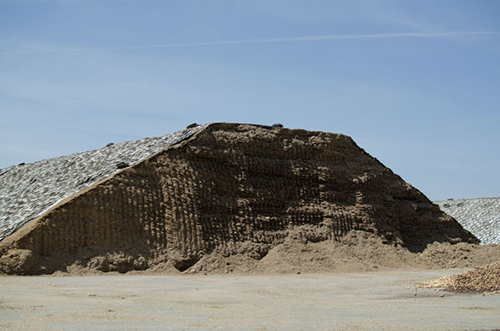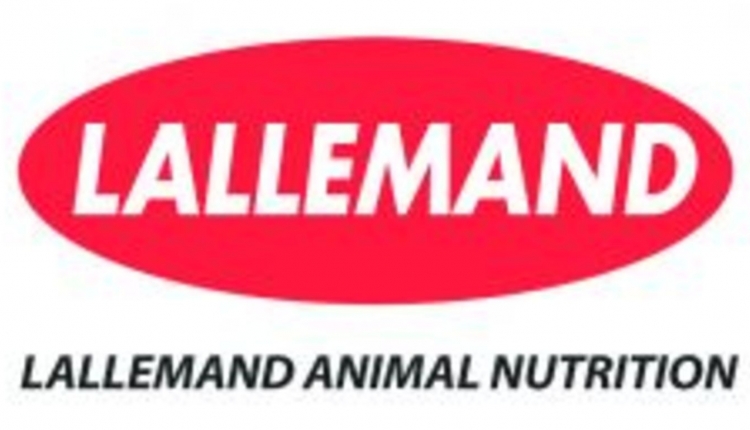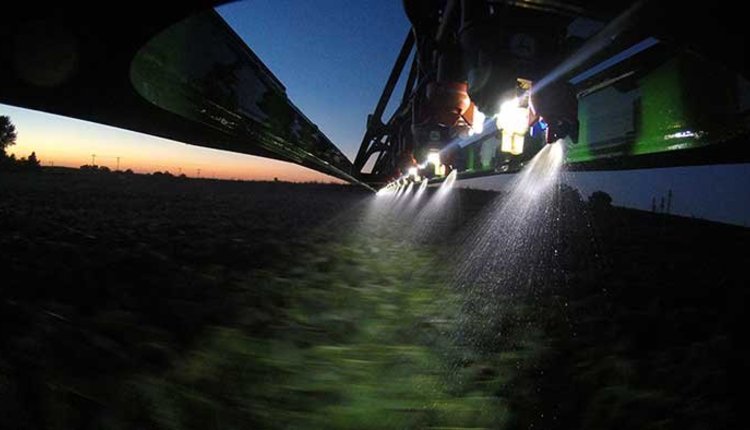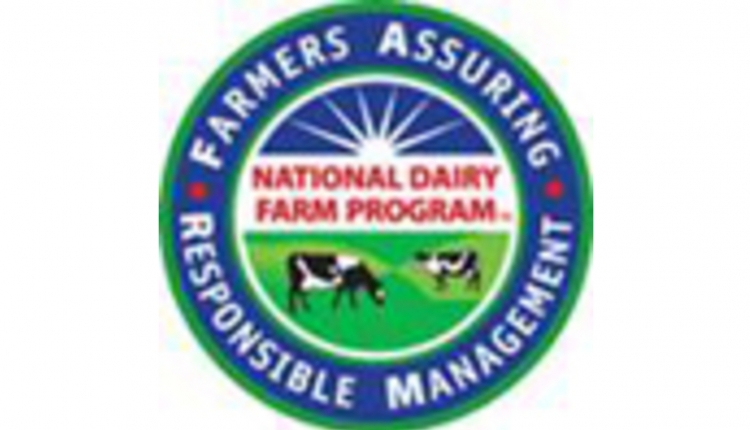
Winter is in full swing now, and it is time to start thinking about how to most effectively use the forages in the bunker. Bob James, extension dairy scientist at Virginia Tech, suggests it is dangerous to rely on past experience to determine future forage utilization. For any given forage, quality greatly affects the amount that is needed in a ration. For example, in a well-balanced ration, a high-quality corn silage with low fiber would be used in a larger proportion than a moderate or low-quality forage, and the balance of use between these two types of silages would greatly impact the total forage requirement for the year.
Instead of plotting forage use based on the past, James suggests five forage planning and utilization tips to optimize nutritional and economic benefits for the farm.
- Estimate supply for each forage type. This can be accomplished by tracking truckloads or keeping a spreadsheet, but it is important to remember to account for feed shrinkage. It is also beneficial to store varieties and types of forage in separate piles or storage locations so they can more effectively be utilized.
- Estimate forage quality. Sampling forages prior to ensiling provides accurate nutritional data and allows for early planning.
- Allocate the best quality forages. Not all forages are alike, and even in the best year, producers have a wide range of qualities available. The highest quality forages should be designated for close-up and fresh cows. High-producing cows and medium- and low-producing cows should receive the next highest quality forages.
- High-quality hay crop forages should go to calves. Calves less than four months of age require the highest quality forages to ensure adequate intake and rumen development.
- Save lowest quality forages for bred heifers and far-off dry cows. The lower energy requirements of bred heifers and far-off dry cows means lower energy, higher fiber forages are a good fit for this group.
Divvying up forages now allows producers to more comfortably look forward to feeding in the new year. For farmers predicting a forage shortfall, James suggests purchasing what's expected to be needed sooner rather than later, as supplies might be hard to come by in the spring.

The author is the Special Publications editor. She is responsible for development and marketing of books and plans, as well as coordinating internal communication pieces. Maggie was raised on a 150-cow dairy near Valley Center, Kansas, and graduated from Kansas State University with degrees in agricultural communications and animal sciences.











